surfactant in premature infants
Syndrome whereas less than 30 of premature neonates born at 30-31 weeks gestation develop the condition MedScape. A synthetic surfactant lucinactant that contains a 21-amino acid peptide that mimics sp-b activity has recently been approved for the prevention and treatment of rds in.

Battling Bronchopulmonary Dysplasia Stanford Medicine Children S Healthhealthier Happy Lives Blog
The therapeutic efficiency of a given surfactant preparation.

. Treatment with exogenous surfactant has saved the lives of thousands of premature babies in the past few decades 1. To the Editor We have several concerns about the sham intervention and the control of factors related to bronchopulmonary dysplasia in the recent study 1 of minimally invasive surfactant. The pathophysiology of respiratory failure in preterm infants is characterized by a combination of primary surfactant deficiency and surfactant inactivation as a result of plasma proteins leaking.
The reason for this is progressive dyspnea. Identify the mechanism of action of surfactant. In unexpected circumstances where labor starts.
Preterm infants with respiratory distress syndrome RDS requiring surfactant therapy have been traditionally receiving surfactant by intubation surfactant and extubation. Describe the adverse effects of surfactant therapy. Infant Respiratory Distress Syndrome or IRDS for short is a.
Infants born at the extremes of viability 28 weeks gestational age. Moderate and late preterm infants 32 07 to 36 67 weeks gestational age GA account for the largest group of infants hospitalized in neonatal intensive care unit NICU. Natural surfactant is produced by the fetus before they are born and their lungs are prepared to breathe properly by about 37 week gestation.
The majority of surfactant given to preterm infants is. This approach runs the risk of. Clements for his brilliant studies defining and describing the role of pulmonary surfactant and in developing a life-saving artificial surfactant now used in premature infants.
However transient adverse events associated with beractant calfactant or poractant alfa administration in. A total of 68 preterm newborn infants with gestational age 32 weeks affected by unusually severe RDS were analysed for mutations in SFTPB SFTPC. NRDS is a common disease.
An increasing number of infants received surfactant via INSURE from 2005 to 2015 from 1697 19 to 3368 36. For preterm infants especially within 32 weeks the survival rate is significantly higher than other preterm infants. Non-invasive respiratory support is increasingly used for the management of respiratory dysfunction in preterm infants.
The use of prophylactic surfactant administered after initial stabilization at birth to infants at risk for RDS has benefits compared with rescue surfactant given to treat infants with established. Respiratory distress syndrome RDS is the prototypical disease of surfactant deficiency in preterm newborn infants. We conclude that many intubated premature infants are deficient in active surfactant in part due to increased intra-alveolar metabolism low SP-B content and protein.
Endogenous Surfactant Turnover in Preterm Infants with Respiratory Distress Syndrome Studied with Stable Isotope Lipids. Review the appropriate monitoring of. Patients and methods.
Exogenous surfactants are generally viewed as safe and well tolerated.

Solved Premature Infants Typically Have Trouble Keeping Chegg Com
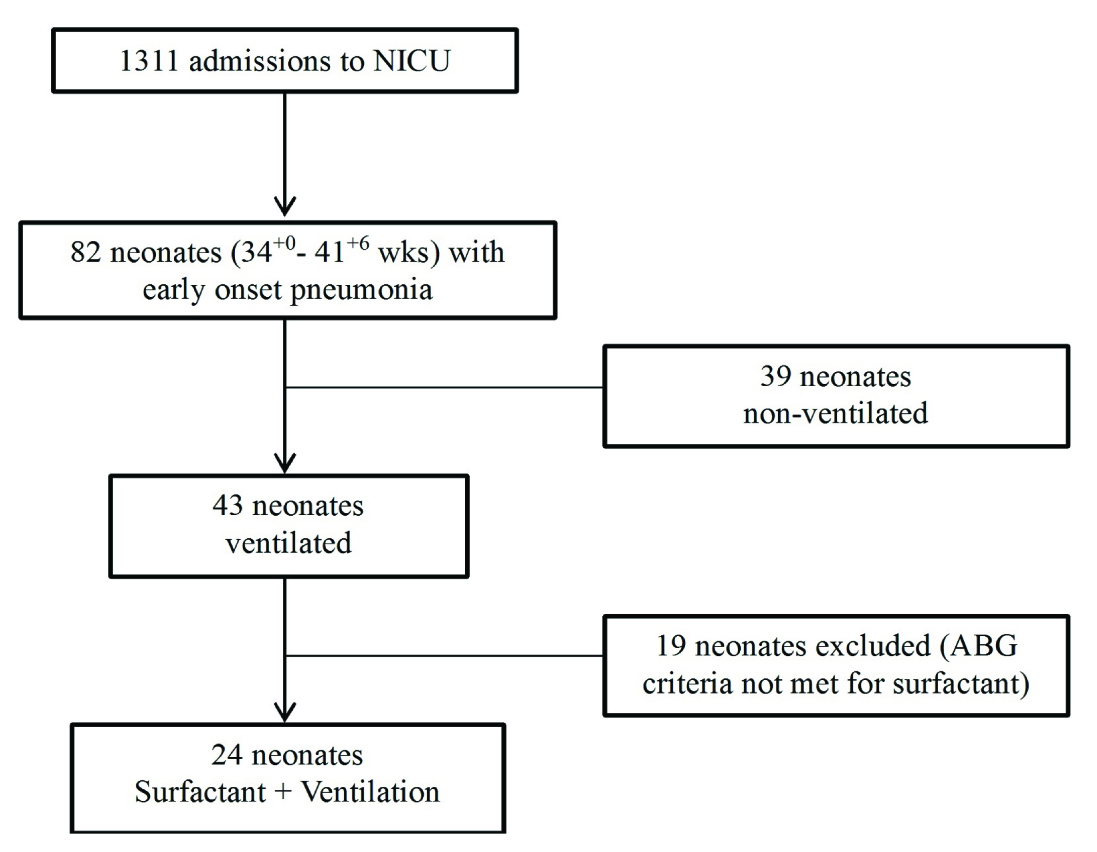
Jcdr Infants Pulmonary Surfactant Oxygenation Improvement
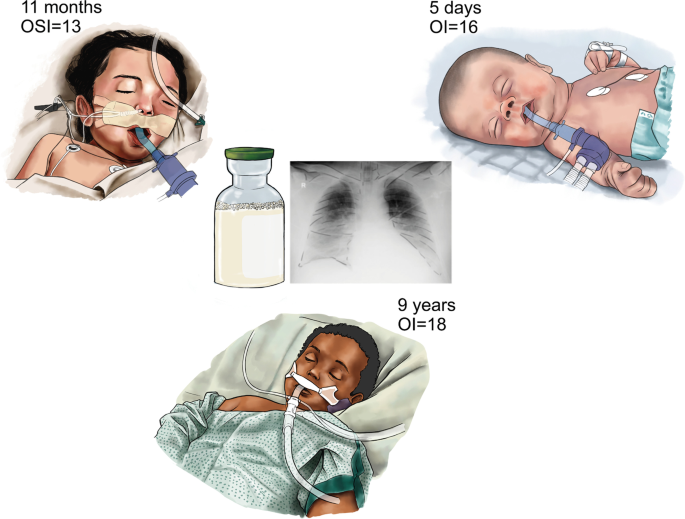
Surfactant Therapies For Pediatric And Neonatal Ards Espnic Expert Consensus Opinion For Future Research Steps Critical Care Full Text

Respiratory Distress Syndrome Rds Birth Injury Attorneys
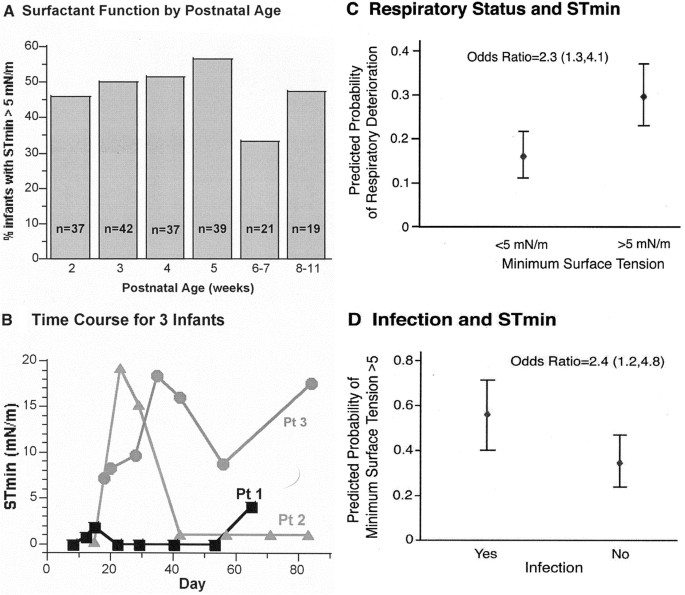
Dysfunction Of Pulmonary Surfactant In Chronically Ventilated Premature Infants Pediatric Research

Bovine Surfactant Replacement Therapy In Neonates Of Less Than 32 Weeks Gestation A Multicenter Controlled Trial Of Prophylaxis Versus Early Treatment In China A Pilot Study Pediatrics Neonatology

Care Of Premature Infants Nursing History And Health Care Penn Nursing

Observational Study To Compare The Clinical Efficacy Of The Natural Surfactants Alveofact And Curosurf In The Treatment Of Respiratory Distress Syndrome In Premature Infants Respiratory Medicine

The Fascinating Story Of Surfactant Halliday 2017 Journal Of Paediatrics And Child Health Wiley Online Library
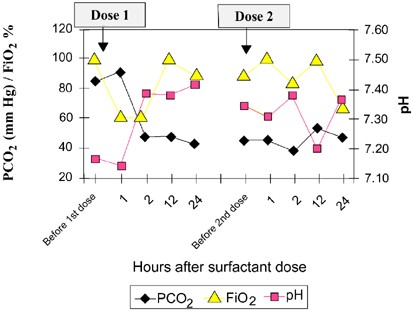
Secondary Surfactant Deficiency In Neonates Journal Of Perinatology

Pdf Immediate Changes In Lung Compliance Following Natural Surfactant Administration In Premature Infants With Respiratory Distress Syndrome A Controlled Trial Steven Donn Academia Edu
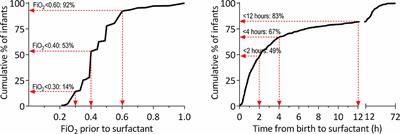
Frontiers Fio2 Before Surfactant But Not Time To Surfactant Affects Outcomes In Infants With Respiratory Distress Syndrome

Preemies Get Better Chance With Minn Tested Treatment Mpr News

Neonatal Lung Ultrasound And Surfactant Administration Chest

1 Best Life Saving Surfactant Therapy For Newborns Little Ones Health
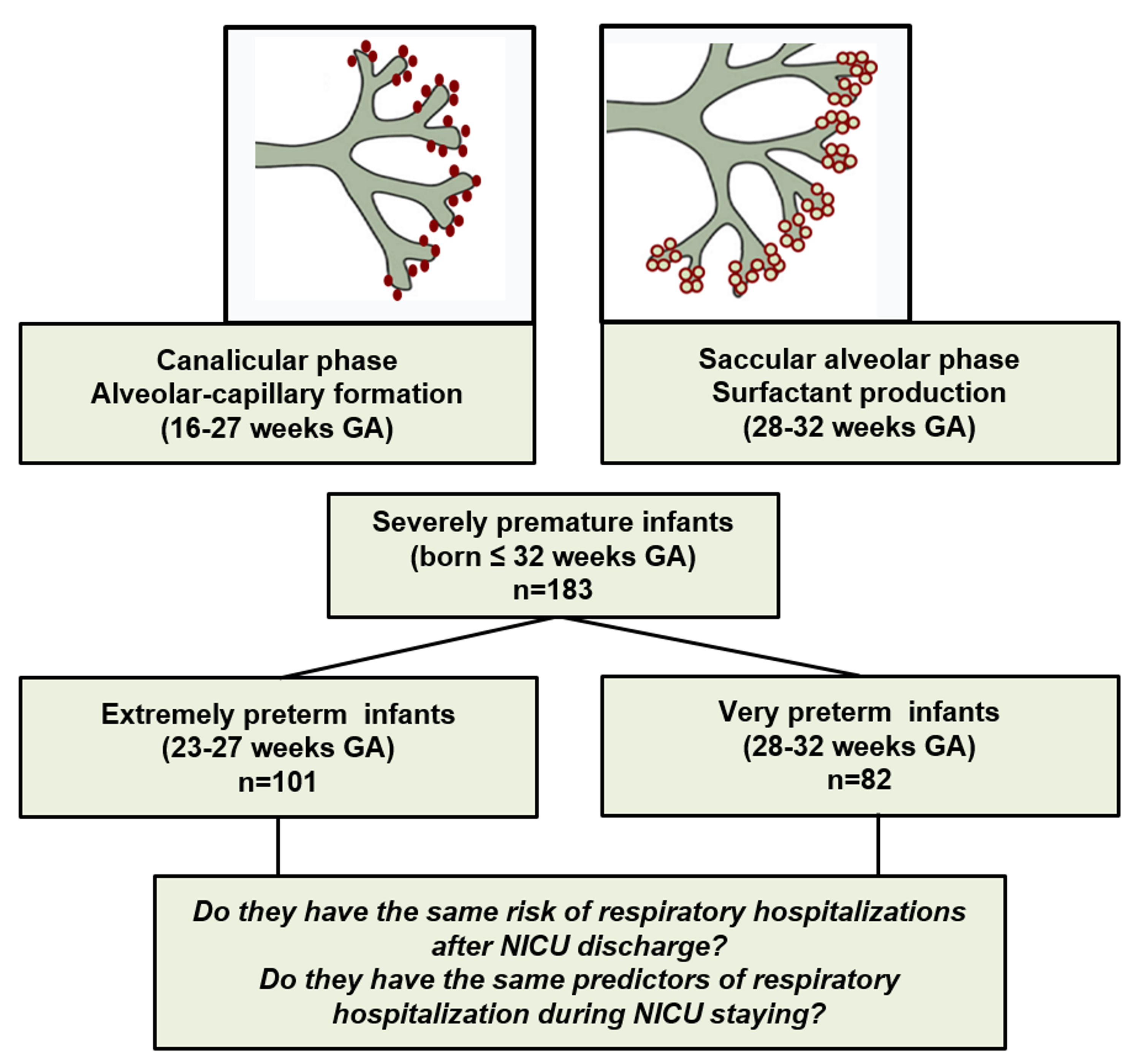
Cureus The Next Frontier Of Prematurity Predicting Respiratory Morbidity During The First Two Years Of Life In Extremely Premature Babies
10 Surfactant Deficiency In A Premature Infant 9 Histologic Download Scientific Diagram

Figure 3 From Radiological Assessment Of Post Surfactant Changes In Respiratory Distress Syndrome Semantic Scholar
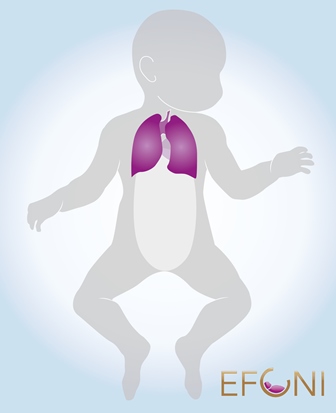
Surfactant Replacement Therapy A Milestone In Neonatology Efcni